Standard on Flame-Resistant Garments for Protection of Industrial Personnel Against Flash Fire
NFPA 2112 specifies minimum performance requirements and test methods for flame-resistant garments that are worn by industrial workers to protect against short-duration thermal exposures from fire (flash fire). This includes fabric, thread, zippers, closures, and garment design features.
The standard aims to reduce the severity of burn injuries during flash fire incidents by requiring garments to self-extinguish, limit heat transfer, and resist melting and dripping. Certified garments undergo rigorous testing, including flame resistance, thermal shrinkage, heat resistance, and flash fire manikin tests.
It is commonly used in sectors such as oil & gas, chemical, and petrochemical industries, where the risk of flash fire is present.
Key Requirements
- Minimum of 6 cal/cm² for outerwear.
- Fabric must not melt or drip and must resist ignition after exposure to 260°C (500°F).
- Garment must result in no more than 50% predicted body burn.
- Garments must stop burning within 2 seconds after flame exposure.
- Must include warnings, garment care instructions, and limitations of use.
NFPA 2112 is not designed for electrical arc flash hazards — for that, refer to NFPA 70E and ASTM F1506.
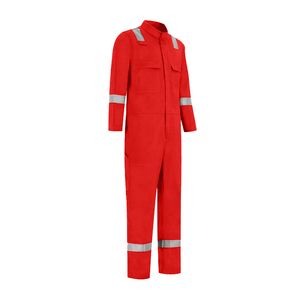
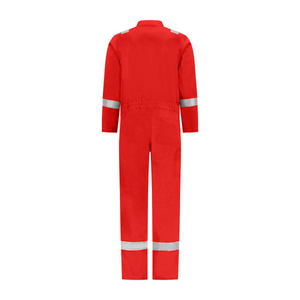 Made-to-OrderDapro Globe 4.2 Coverall - IFRRegular price €124,45Regular price
Made-to-OrderDapro Globe 4.2 Coverall - IFRRegular price €124,45Regular price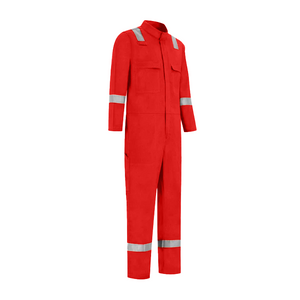
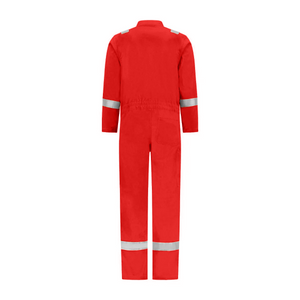 Made-to-OrderDapro Globe 6.2 Coverall - IFRRegular price €123,33Regular price
Made-to-OrderDapro Globe 6.2 Coverall - IFRRegular price €123,33Regular price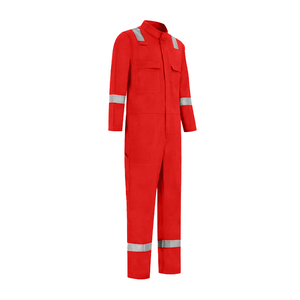
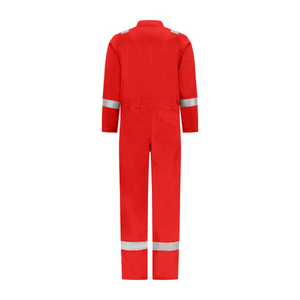 Made-to-OrderDapro Globe 5.2 Coverall - IFRRegular price €102,00Regular price
Made-to-OrderDapro Globe 5.2 Coverall - IFRRegular price €102,00Regular price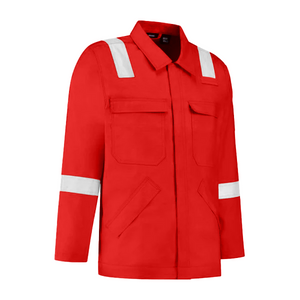
 Made-to-OrderDapro Globe 4.2 Jacket - IFRRegular price €85,18Regular price
Made-to-OrderDapro Globe 4.2 Jacket - IFRRegular price €85,18Regular price






